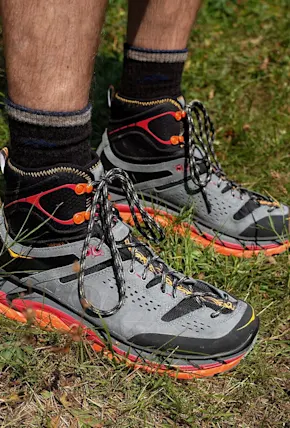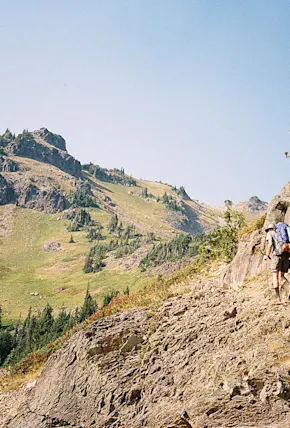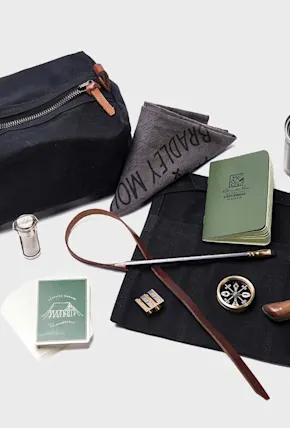Bailey Diemer is a photographer, outdoor enthusiast, and student living in Portland, Oregon. Follow Bailey on Instagram.
Preparing yourself to live for weeks in the dirt without most modern comforts—for maybe the first time in your life—is certainly a daunting task. It’s one of the major draws and most relevant challenges of long-distance hiking. And it’s largely what led me to try my hand at a 455-mile northbound (NOBO) section hike along the Pacific Crest Trail this past summer.
For my first attempt at thru-hiking, I set out to cross the entire state of Oregon by myself. Fifteen days and 260 miles later, wildfires forced an end to my trip. But the lessons learned and experiences experienced during those two weeks alone on the trail will live with me for the rest of my life.

Before setting out, I couldn't have known what I was in for. Sure, I’ve spent a few days in the mountains. I’ve even called a tent on an island home for the weekend. But living for weeks in the woods is simply a different animal.
So, being a virgin rambler, I spent day and night, weekdays and weekends, nose in the many guidebooks and hiking blogs, shaping what I wanted my first section hike experience to be. And in the end, I overplanned.
A detailed day-by-day plan was my first mistake. Not that it’s necessarily a bad thing, as it gave my friends and family an idea of where I intended to camp each night—and me a better understanding of the trail—but after the first few days on trail I almost exclusively used Guthook for daily planning and even navigation.
















